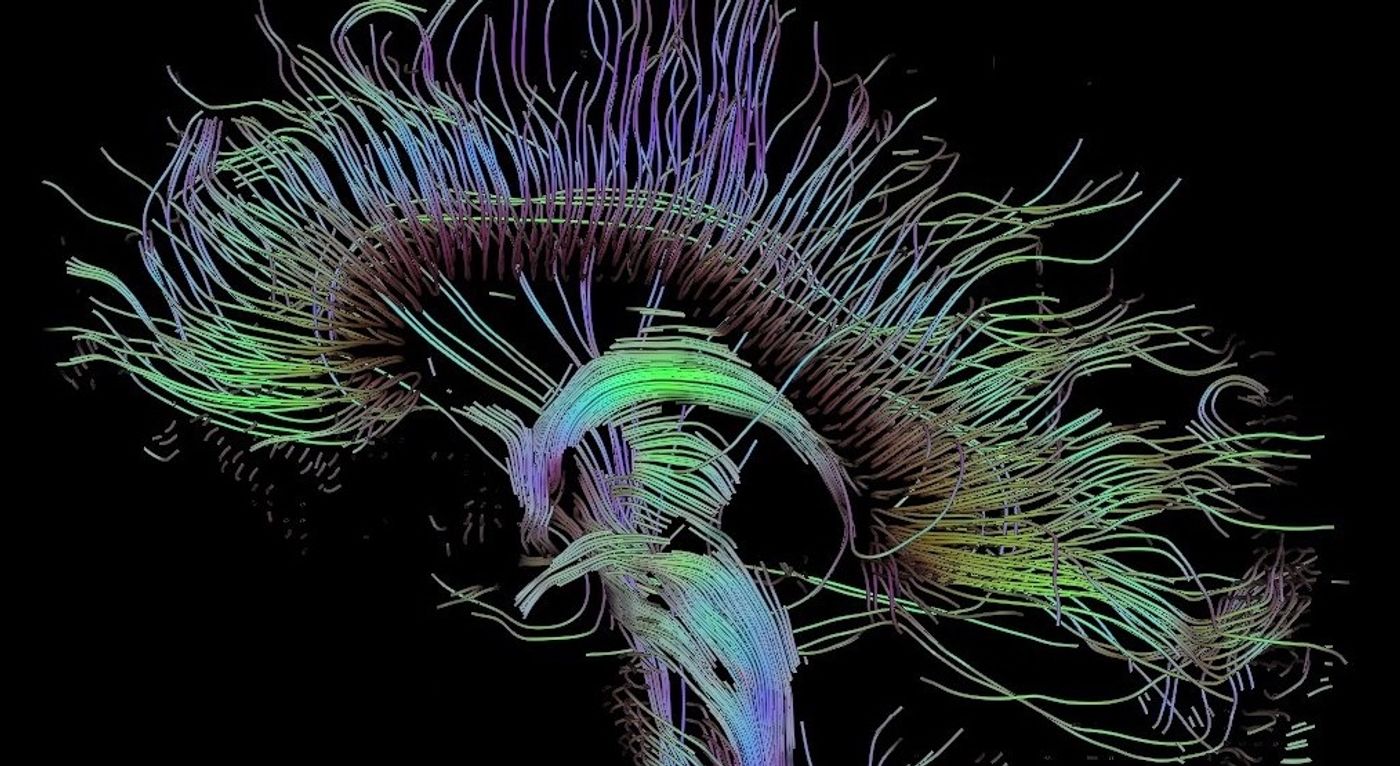The Molecular Signature of the Human Brain
As a species, humans have close living relatives in other primates. Researchers have been looking at the things that make us distinct from them. One conspicuous part of the body that has differences is the brain. Although the molecular signatures of human brain regions have many similarities to those in primates, some areas are uniquely human in their abilities and evolution, researchers have found. An enormous study of human, chimpanzee, and monkey tissue reported in Science has shown that the human brain is larger than the ancestral primate brain, and has gained distinct biological properties.
"Our brains are three times larger, have many more cells and therefore more processing power than chimpanzee or monkey," said the co-lead author of the study Andre M.M. Sousa, a postdoctoral researcher in the lab of neuroscientist Nenad Sestan. "Yet there are also distinct small differences between the species in how individual cells function and form connections."
While there were differences in brain size, the scientists were surprised to find similarities in gene expression in sixteen different parts of the brain in humans and apes. The area with the most similarity is the striatum, a region linked to movement. Even the prefrontal cortex, where higher order thought takes place, had commonalities.
There were also striking differences within even ancient regions of the brain like the cerebellum. One gene active only in the cerebellums of humans, ZP2, was revealed in the research. That was a surprise to the researchers, who said that gene has been associated with sperm selection by ova.
"We have no idea what it is doing there," said Ying Zhu, a postdoctoral researcher in the Sestan lab and co-lead author of the paper.
Two genes that are linked to the synthesis of dopamine were found by the investigators to be unregulated in humans; tyrosine hydroxylase (TH) and dopa (3,4-dihydroxyphenylalanine) decarboxylase (DDC). Dopamine has a known role in aspects of behavior and thought, like reasoning, working memory, and general intelligence. It was also confirmed that TH is expressed at a high level in human neocortex and striatum; it is not found in the chimpanzee neocortex. "The neocortical expression of this gene was most likely lost in a common ancestor and reappeared in the human lineage," noted Sousa.
Another gene found by the researchers at higher levels, this time in the human prefrontal cortex, was MET. That gene has been linked to autism spectrum disorder.
The work was performed by analyzing tissue samples harvested from five macaques, five chimpanzees, and six humans. Transcriptional profiles were generated for a total of 247 tissue samples, covering several regions of the brain including the amygdala, striatum, mediodorsal nucleus of the thalamus, hippocampus, cerebellar cortex, and neocortex.
The video above is from the University of California; it discusses the human brain and how it evolved.
Sources: AAAS/Eurekalert!, Yale, Science









